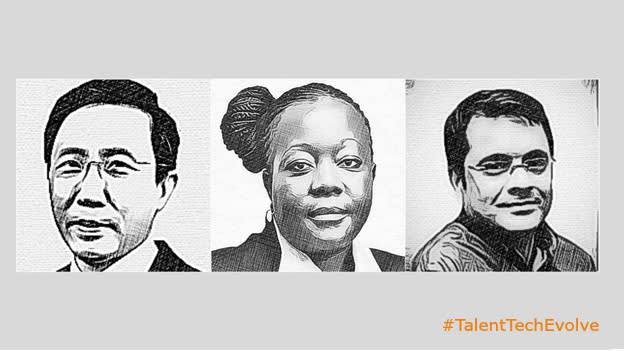M&A integration: Maximizing return on talent

Day two of the virtual conference ‘Talent Tech Evolve’ began at a very insightful panel discussion on ‘how to maximize return on talent as a result of an M&A integration’. The discussion was chaired by Mumbi Mwila - Chief Human Resource and Training Officer (Zanaco) and the two panelists were Yuvaraj Srivastava - Group CHRO (MakeMyTrip) and Na Boon Chong - Managing Director, Consulting, South East Asia (Aon Hewitt).
“It is often experienced and echoed that the integration process during most M&A frequently fails to address many critical factors. Your own employees, the internal culture and the organizational environment have the capacity to either create or destroy the M&A value of the entire phenomena. In fact, more M&A deals fail due to unresolved people issues than managing financials.”
Phases of integration
Undoubtedly, HR plays a predominant role in all phases of M&A integration. As perAccording to Yuvaraj, there are 2 phases of integration from HR standpoint which need to be addressed delicately.
The first phase of integration:
- This stage is marked by urgency and immediacy in execution. Under this segment, HR should immediately align its structure in putting the right person at the right job as business leaders to support and execute integration at various levels.
- Simultaneously one needs to find out the most insecure group of an employee who is threatened as a result of the merger. They need to be addressed before speculations and grapevines overpower them. Correct means of communication and constant mentoring will help address any unwanted obstacle coming from such threatened groups.
- Lastly at in one fell swoop, those policies or guidelines (e.g. leave policy, working hours, and other days today reimbursement guidelines) which have an immediate effect on the employees directly will need to be revised and implemented to remove further chaos and ambiguities.
The second phase of integration:
- One needs to go slow and deliberate in fixing up designations, compensation alignment, levels and their harmonization. Take sufficient time in getting into these areas and slow down in bringing them all together at in one go.
- Align performance metrics in both the organization and then define rewards in congruence to it.
- Work on culture and values, but not with a sense of urgency. Hold on, let people settle down first before jumping into it.
The Change Strategy
While discussing on the change management context, Mumbi shared a change leadership strategy model which depicted how high involvement and buy-in from people makes such changes sustainable. By exploring possibilities through collaboration, and explaining why the change is required, desired behaviors can be obtained from employees that helps in sailing smooth during the integration phase.
The ability to make your workforce stay engaged during transition phases is critical. Boon shared an interesting analogy of ‘the train to change’. As a train passes through different stations, stops and allows people to board, similarly while bringing in such a huge change in an organization, one needs to take along not only your top performers, but also the rest of the people along with you.
“People, communication and culture – the three most difficult intangible issues to quantify and deal with can be seen as the most critical factors to M&A success and seemingly the most difficult to get right.”
So, what must HR leaders keep in mind while successfully trying to maximize the return on talent during an M&A integration? Let’s look at the following key takeaways when it comes to driving the right synergy:
- Protect the pride and esteem of your employees by creating value for them
- Generate ‘role clarity’ in order to avoid any ambiguity; clarity is the king when maximizing talent retention.
- Frame a well good communication strategy and constantly keep updating employees on where the organization is heading towards; communication has to be on the radar of the integration team at all times.
- Use dipstick survey for sentiments analysis; check the engagement level of your workforce.
- Create success stories of best practices that are followed by different teams during the integration phase; keep other teams charged up.
It is quite imperative that the human side of M&A should never be ignored. Perhaps, it is one of the key components to value creation. People, communication, and culture – the three most difficult intangible issues to quantify and deal with can be seen as the most critical factors to M&A success and seemingly the most difficult to get right.











